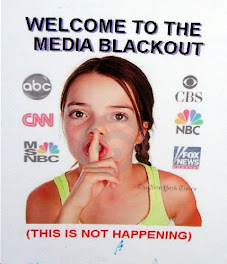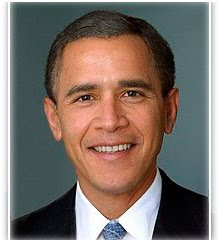http://www.theatlantic.com/food/archive/2010/07/how-did-corn-get-so-sweet/59794/
Why is our produce food being manipulated to be sweet?
Russia Vetoed a UN Resolution to Ban Space Nukes
53 minutes ago
Always beware of conventional wisdom. * Speech and assembly for protest are not free, if permits are required.

The rate of increase in the number of very hot days in sprawling cities is more than double that of compact cities, a study published in the Environmental Health Perspectives journal has found.
A team of Atlanta-based scientists studied the number of very hot days in 53 sprawling metropolitan regions between 1956 and 2005, each of which had different climate zones, population sizes and rates of growth.
The scientists found that the annual number of very hot days in sprawling cities increased by 14.8 days, but cities with the least sprawl increased by only 5.6 days.
Those cities with the highest increase in the number of very hot days include Atlanta, Greenville, Greensboro, Raleigh, Tampa and Grand Rapids, Brian Stone, lead author of the study and associate professor at Georgia Institute of Technology, said in an interview.
Two major principles contribute to hotter temperatures -- rising greenhouse gasses and urban heat island effect; however, Stone said greenhouse gas emissions would consistently raise temperatures across the nation, not in individual cities.
Urban heat island effect -- which includes cutting down trees and replacing them with parking lots, roads and buildings or putting dark shingles that absorb heat onto buildings -- has more of an impact on cities, he said.
"Urban heat island effect accounts for most of the warming we've seen in the past several years," Stone said. "All these things that are related with urban growth are making cities hotter."
Between 1992 and 2001, the rate of deforestation in sprawling cities was more than double that of compact cities, the study found.
Cities should try to cut greenhouse gasses as a long-term goal and look at immediate ways to reduce temperature increases, Stone said. Using materials that reflect light and increasing the forest cover are ways to do so, he adds.
The scientists used the sprawl index, which looks at population density, proximity of commercial and residential buildings and street network patterns, to categorize the regions. Those in the top 25% of the index had the most sprawl, while those in the bottom 25% had the least sprawl.
The team identified very hot days by using a city-specific heat stress index developed by the National Climatic Data Center (NCDC), which measures the average apparent temperatures, counting temperature and humidity.
Very hot temperatures were those above the 85th percentile with the 100th percentile being the hottest temperature during the study period.
Heat-related deaths have been linked to temperatures over the 85th percentile in other studies and are a public concern, Stone said.
"The rising levels of very hot days are a significant public health threat," Stone said. "It's about public health. Residents need to be thinking about how to adapt to land-use patterns and sprawl."

Visit NBCNews.com for breaking news, world news, and news about the economy
Watch How 2011 Became a 'Mind-Boggling' Year of Extreme Weather on PBS. See more from PBS NewsHour.
Watch News Wrap: Nearly Half of Americans in Poverty or Low-Income, Census Says on PBS. See more from PBS NewsHour.


Watch the full episode. See more Need To Know.